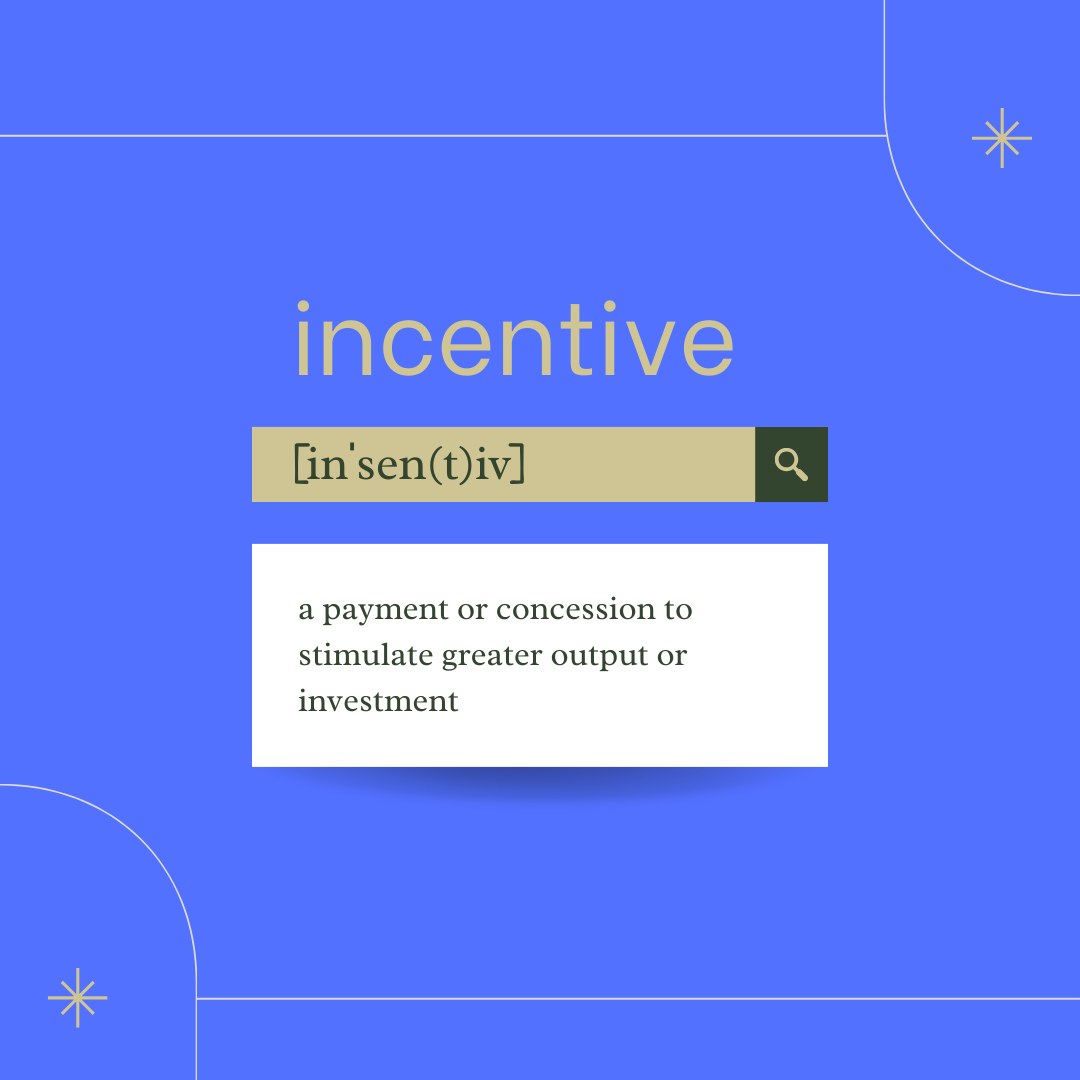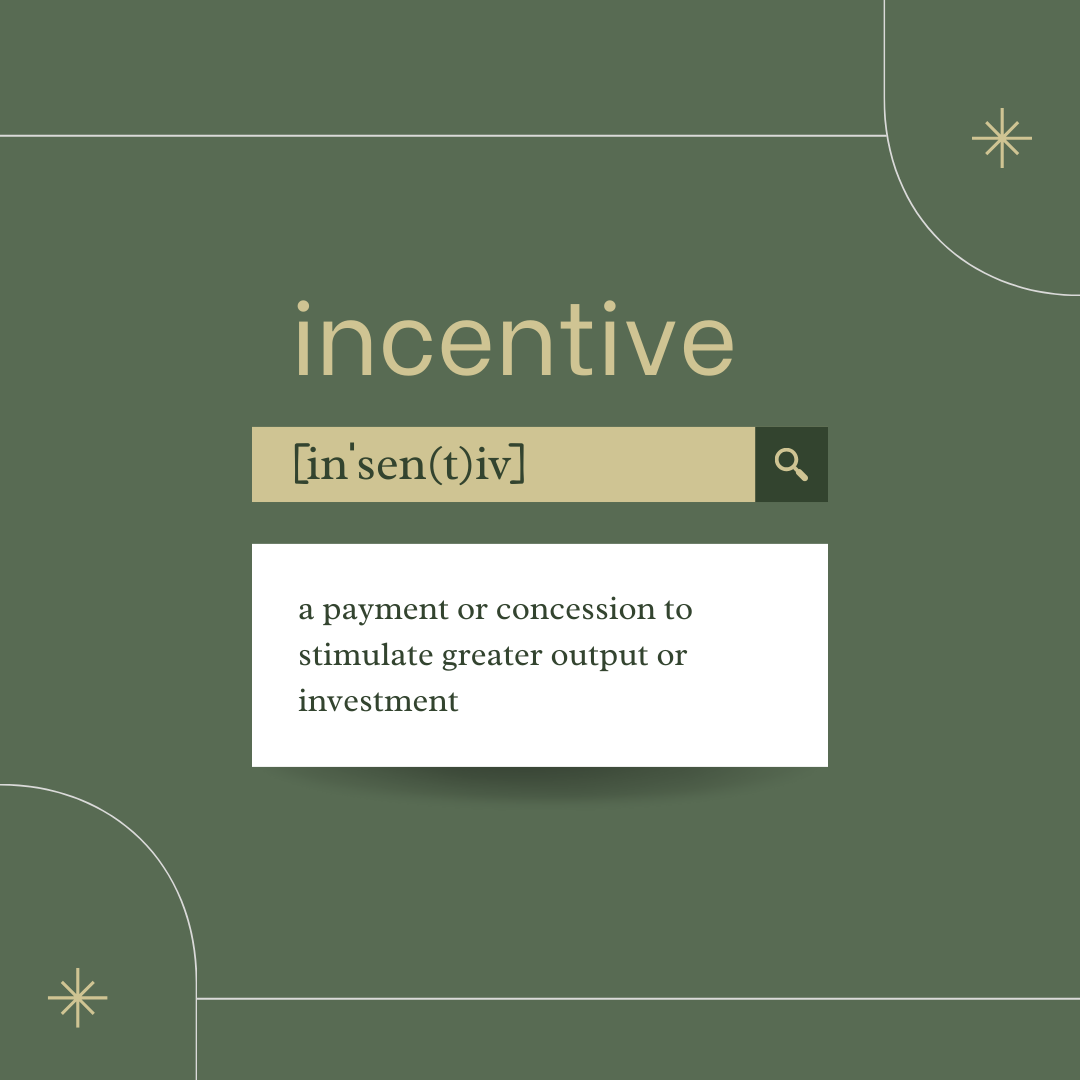Part 2 out of 3 Key Lessons Learned
For a recent client, I conducted an Incentives and Benchmarking Analysis for the economic development organization and two of the cities in its territory. The goal was to understand if incentives which had been granted to a number of projects over the past fifteen years had done as promised—created value for the community. Several lessons were learned from that project that I will share over time. But three key lessons learned were: incentives only create a return on their intended use, incentives never left the community worse off, and communities do not have processes in place to track incentives well.
The second lesson was that incentives did not leave the community worse off. Even when a property tax abatement was given, which means a company does not have to pay its full tax bill, the taxing districts still ended up with more money before the company made its investments. This was notable when development occurred on a greenfield site. Taxes in the years preceding a hypothetical development may have been $10,000. After the development occurred, say a shopping complex, the taxes to be paid were supposed to be $300,000. A tax abatement was given so that not only was the original $10,000 paid, but an additional $50,000 a year for ten years. In this instance, the tax bill paid was $60,000—an increase to all. Some detractors of incentives only want to focus on the loss--$240,000 was not paid each year. In many instances, the abatement makes the project possible, and therefore, the tax bill can stay $10,000, OR, go up to $60,000 for a period of years, before it comes fully on the tax rolls at $300,000. But only looking at what is lost, is not fair to the project.




